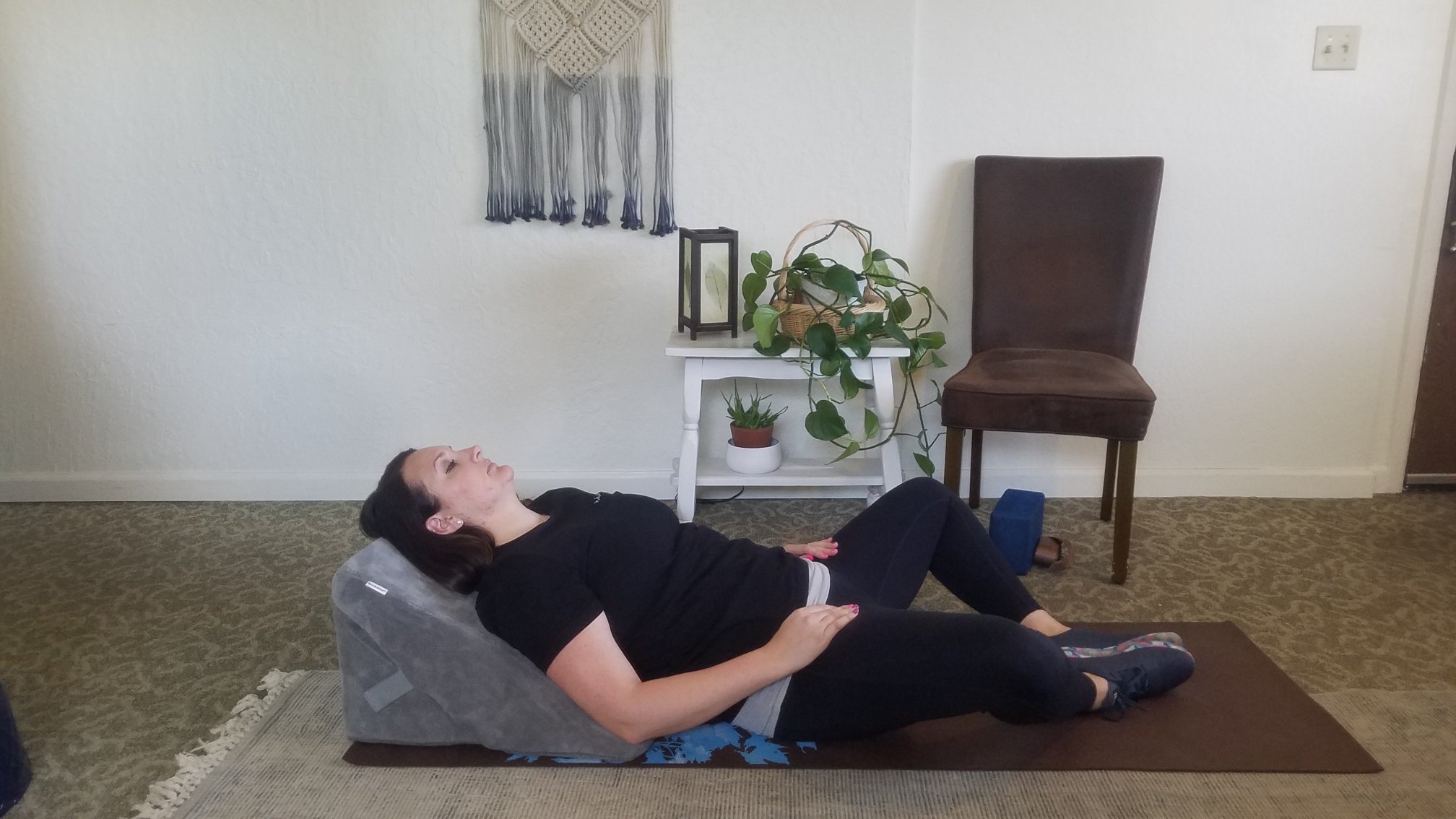
Pelvic and spine health
Physical Therapy Blog
It’s the classic argument of what comes first - the chicken or the egg, or in this case, the low back pain or the weak core? It has often been said among healthcare professionals that a weak core will lead to low back pain; however, this blog post is going to dive into the truth behind that statement and determine how core weakness and low back pain interact as well as what we as rehab professionals can do to help find the root cause in order to build a treatment plan off of that!
If you or someone you know is pregnant and have heard of pelvic floor physical therapy as an option for prenatal care, but are unsure WHAT exactly a pelvic floor physical therapist is for during your pregnancy, this blog post is for you! Seeing a PFPT for birth prep is helpful to learn, practice, and prep for the labor and birth experience.
I’m sure you’ve heard of the first, second and third trimesters during a pregnancy, but have you ever heard of the FOURTH trimester? This time period is considered to be the first 12 weeks after giving birth and is such a vital time in the birthing person’s postpartum journey. Receiving care during this fourth trimester can set the stage for long-term health and well-being, and this care isn’t (or maybe I should say shouldn’t be) just limited to your one, six week check-up from your healthcare provider. A pelvic floor physical therapist can also be a huge part in your recovery at this time (and beyond) due to the specific training and education directly correlated to postpartum health as well as their passion for helping postpartum individuals recover and thrive after the life-changing event of having a baby.
In this blog post, I will discuss some common pelvic floor dysfunction and symptoms in those with male anatomy, barriers to receiving care, as well as pelvic floor physical therapy treatment options and what that may look like in this particular patient population.
As a pelvic floor physical therapy clinic, Advanced Pelvic and Spine Physical Therapy has encountered its fair share of patients who have been lead to believe that Kegel exercises are the ultimate solution for all pelvic floor issues. While Kegels can be beneficial for certain individuals, they are not a one-size-fits-all solution. In fact, there are cases where Kegels can be counter-productive or even exacerbate existing problems. In this blog post, I want to shed light on why Kegels may not be suitable for everyone and explore alternative approaches to pelvic health.
Jenni was recently featured in the Huffington Post sharing her knowledge about the effects of pregnancy on the pelvic floor and solutions for how to improve these muscle groups postpartum.
After weekly medical check-ins at the end of pregnancy, most people won’t see a health care provider until six weeks postpartum. At that point, if it looks like healing is proceeding well, they are officially “cleared” to have sex and exercise again.
Congratulations! If you’ve made it to this blog post, it’s likely that you recently birthed a baby (or are expecting to very soon). I want to provide you with some information that will hopefully help you in your postpartum C-section recovery. Know that there can be a lot of emotions around having a C-section, whether it was planned or unexpected, this is very normal. It seems many women leave the hospital after this major surgery only to feel like they have no idea how to care for their newborn, themselves and their scar…and this can lead to a lot of fear surrounding movement, recovery and general well-being after surgery. I don’t want that for you. My hope is to be able to arm you with some tools to utilize post-surgery that will empower you during an extremely vulnerable time.
If you think physical therapists only help patients recover from injury or surgery, you’re not alone. While rehabilitation is part of our job, we also focus on injury prevention. As the healthcare industry begins to emphasize wellness more, doctors and patients are becoming more aware of what pelvic floor physical therapists can offer during and after pregnancy. From stretches to squats, here are some exercise that you can do at home to make for an easier birth.
Diastasis rectus abdominis is a condition in which the two sides of the abdominal muscle separate, as the tissue connecting them stretches. This typically happens during and following pregnancy due to the stretching of the abdominal wall, as the uterus expands. Physical therapy has been shown to be a highly effective disatasis recti treatment, helping to prevent and address diastasis recti pain.
Pelvic floor physical therapy is a treatment to help address pain, weakness, and dysfunction in the pelvic floor muscles. The type of therapy prescribed will depend upon the symptoms you’re experiencing. Some symptoms will require relaxing and lengthening of the muscles, while others may require strengthening the muscles.









